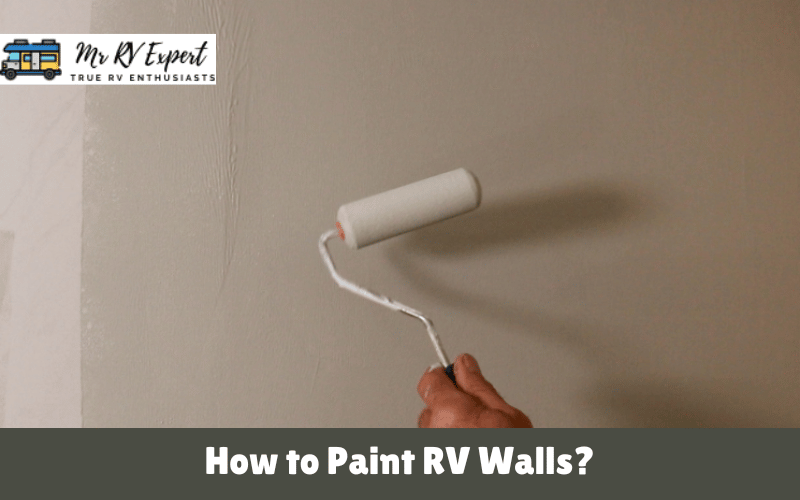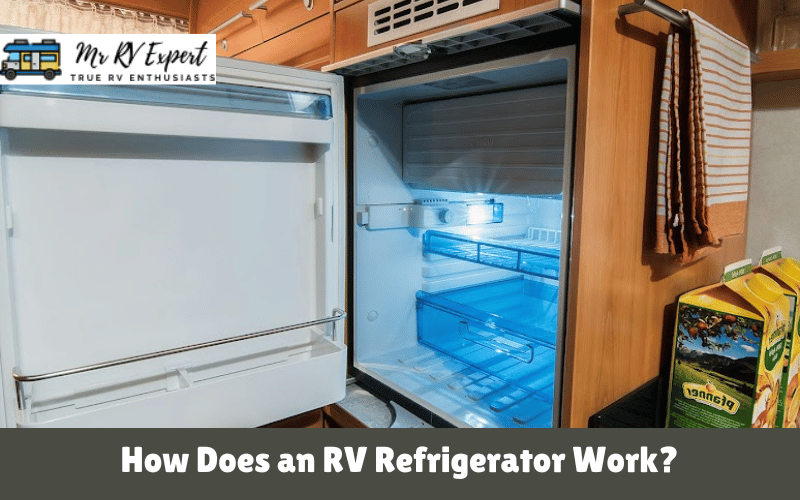Nobody enjoys the responsibility of emptying the waste tank in an RV, much like how no one enjoys doing unpleasant chores such as taxes or dishes. However, it is an unavoidable task for the responsible adult. Instead of complaining, it’s essential to accept and carry this responsibility efficiently and swiftly to move on with the day.
Dumping the holding tanks can be overwhelming if you’re a novice owner or have no experience renting an RV. Nevertheless, in reality, it’s not as intimidating as it seems. By following the correct procedure, you can complete the task within 15 minutes without creating any mess. Are you prepared to begin? Let’s not waste any time, as the British say, and get on with it.
To begin, let’s briefly overview the various types of RV water tanks. Essentially, there are three different types of tanks, each with its specific function:
- RV black water tank: contains wastewater and sewage from the RV toilet.
- Gray water tank: holds dirty water from sinks and showers.
- Freshwater tank: stores clean water and supply it to the RV sink and shower.
Table of Contents
How to dump RV waste?
- Begin by wearing rubber gloves for safety reasons.
- Attach one end of the sewage drain hose to the black tank valve of your RV and the other end to the sewer line or dumping station valve.
- Open the black tank valve and let it drain entirely.
- To clean the black tank, flush it with water, which can be done using the water from the gray tank.
- Empty all the water from the black tank.
- Repeat the above process by opening the valve for the gray water tank.
- Once done, remove the hose from your RV water tank and close the valve.
- Rinse the inside of the hose before disconnecting from the sewer connection or dumping station.
- Properly store the sewer hose after removing it.
- You can consider using a flush valve like the Flush King for an extra clean tank. It is especially useful if you notice solid waste at the bottom of the black water tank and difficulty emptying it.
How to dump RV waste at home?
Emptying wastewater tanks at home can be messy, but following a few key steps can make the process easier and safer. Here are some important things to keep in mind:
- Treat your wastewater tank before emptying it. Adding a microorganism and sanitizer treatment helps break down the solid waste and reduces unpleasant odors.
- Park your RV close to the sewer cleanout to minimize the distance you need to travel with your hose.
- Always wear heavy-duty gloves and use disinfectant wipes to protect yourself from harmful bacteria like Salmonella, Vibrio, and E. Coli that may be present in the wastewater.
- Use a dedicated garden or water hose for dumping wastewater, and avoid using the same hose you use for drinking water. It helps prevent contamination.
- Set up an RV dump kit with all the necessary supplies, including gloves, wipes, water hose, enzyme packs, and a small garbage bag for disposal.
- Dump the black water tank before the gray tank, and secure your hose to prevent leaks or spills.
- Use plenty of fresh water to flush the tanks and sewer hose, and clean all tools and surfaces thoroughly after dumping.
- Clean the waste station area using your wash hose to avoid leaving waste on the ground and creating an unsanitary environment.
- Use safe and non-hazardous additives to treat your wastewater tank, and never use caustic chemicals that can harm your system or cause clogs and leaks. Organic treatments are a good choice for both RV and home septic systems.
How often do you need to dump RV waste?
The frequency of dumping your RV waste tanks will depend on your usage of the RV’s plumbing facilities, such as toilets and showers, and the size of your waste tanks. The size of RV waste tanks can vary greatly, ranging from 30-gallon tanks to as large as 100-gallon tanks.
If you use your RV infrequently, emptying your tanks after each trip is recommended. Leaving waste in your RV tanks for extended periods can lead to unpleasant odors like an outhouse. Therefore, emptying your RV waste tanks regularly is crucial to maintain a pleasant environment inside your vehicle.
Can You Legally Dump An RV Tank At Home?
Whether or not you can legally dump an RV tank at home depends on various factors, including your location, local regulations, and the type of sewer system you have. One factor is your location. Laws and regulations vary from state to state and even city to city, so it is important to check with your local government to determine the specific laws in your area. It is important to check your local ordinances before attempting to dump RV waste at home to avoid potential legal and environmental issues.
Another factor is the type of sewer system you have at home. If you have a septic system, you may be able to dump your RV waste into it, but there are certain rules and guidelines you will need to follow. For example, you may need to use a special RV dump station adapter and only dump the waste into the septic tank, not directly into the drain field. If you have a municipal sewer system, dumping your RV waste at home is generally not legal. Instead, you must find a designated RV dump station to safely and legally dispose of your waste. Following the laws and regulations regarding RV waste disposal is important to protect the environment and avoid any potential fines or legal issues.
Conclusion:
Proper disposal of RV waste is essential to avoid unpleasant smells, protect the environment, and comply with local regulations. Dumping RV waste involves finding a designated dump station, preparing your RV for dumping, and using the right tools and protective gear to ensure safe and efficient disposal. Always check the rules and regulations regarding dumping RV waste in your area before attempting to do so. With these steps in mind, you can safely and responsibly dispose of your RV waste and enjoy your travels without any worries.









